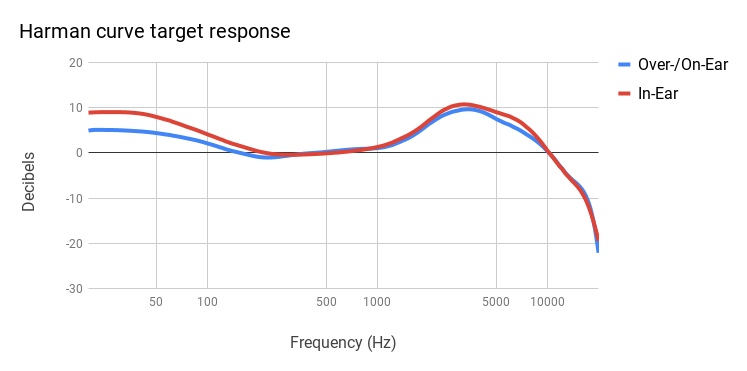JoachimL
New Head-Fier
- Joined
- Nov 27, 2016
- Posts
- 32
- Likes
- 17
Hey. I write songs (using typically guitar, piano and strings vsts, vocals, and drum software).
I was hoping to make decent sounding demos, beginning this winter.
My room isn't acoustically treated, so I figure it's better to mix with headphones than monitors.
After having researched a bit, it seems the options that interest me, are the following:
1) HD600. (New price in Norway: $325)
2) Avantone Planar ($565)
3) Ollo S4X ($460)
I have experience with tracking and editing, but little experience with EQ'ing and dialing in reverbs.
From what I gather the Planars are the flattest, have the best soundstage, and the best instrument
separation. However, I'm a little concerned about the build quality of the Planars.
Also, I was planning to use them with an audio interface from Solid State Logic (SSL2),
which I'm not sure will provide sufficient power. Ollo S4X are supposedly easier to drive and better built.
The HD600s seem to be regarded as technically inferior to the Ollos and Planars. Though I have the
impression that a lot of people use them for mixing with good results.
Which of the headphones would you recommend?
I was hoping to make decent sounding demos, beginning this winter.
My room isn't acoustically treated, so I figure it's better to mix with headphones than monitors.
After having researched a bit, it seems the options that interest me, are the following:
1) HD600. (New price in Norway: $325)
2) Avantone Planar ($565)
3) Ollo S4X ($460)
I have experience with tracking and editing, but little experience with EQ'ing and dialing in reverbs.
From what I gather the Planars are the flattest, have the best soundstage, and the best instrument
separation. However, I'm a little concerned about the build quality of the Planars.
Also, I was planning to use them with an audio interface from Solid State Logic (SSL2),
which I'm not sure will provide sufficient power. Ollo S4X are supposedly easier to drive and better built.
The HD600s seem to be regarded as technically inferior to the Ollos and Planars. Though I have the
impression that a lot of people use them for mixing with good results.
Which of the headphones would you recommend?


